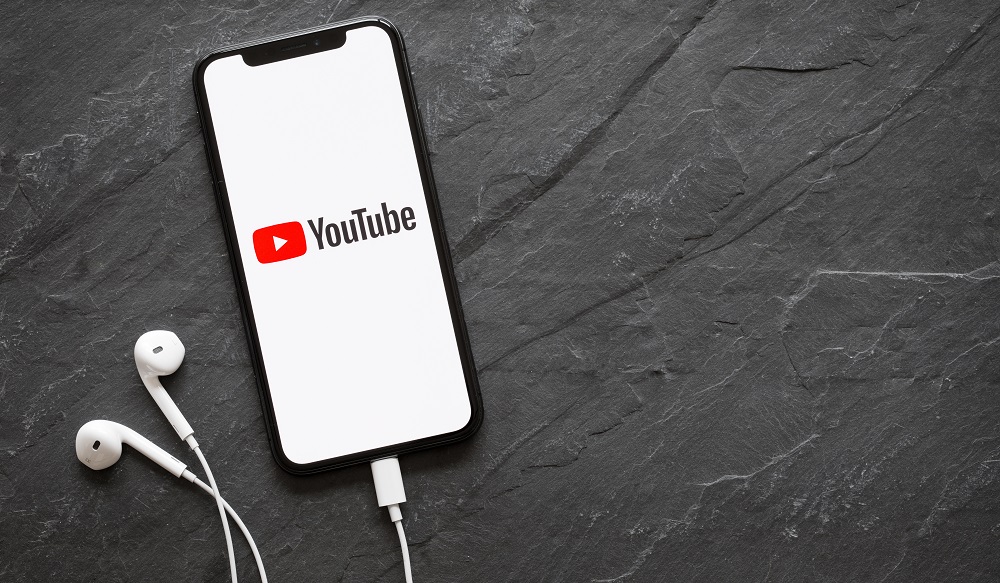Google and its subsidiary YouTube will pay $170 million in a settlement surrounding allegations that YouTube broke federal law when it collected personal information about children, according to a recent Reuters report.
The settlement between YouTube and the FCC and New York attorney general’s office is the largest since that federal law went into place in 1998, Reuters says in its report.
Critically, the law was revised in 2013 to include internet browsing cookies — something YouTube had been accused of tracking on children’s YouTube channels.
In YouTube’s statement, it said it will now treat all data collected from child-focused channels as if those views were definitely originating from an actual child viewer.
I know this will lead many of you technology industry folks to ask:
So why didn’t they operate as such to begin with?
Probably money-related. But now that the settlement has occurred, YouTube seems like it is finally taking the question seriously.
Read Next: The Best Data Breach Incident Response Plans Require These Steps
Now, in addition to the fine, they’ll have to create “a system for identifying content aimed at children and to notify channel owners about their obligations to get consent from parents before collecting information on children,” says Reuters.
How does this effect integrators?
I think it is safe to say that, in environments like museums or campuses, it is incredibly important to consider data collection as a potential obstruction of the law — be it in the form of IoT devices or data-collecting signage add-ons.
The YouTube data collection example stands as a legal precedent for all technological platforms, not just user-based websites and the cookie trails they produce.

















